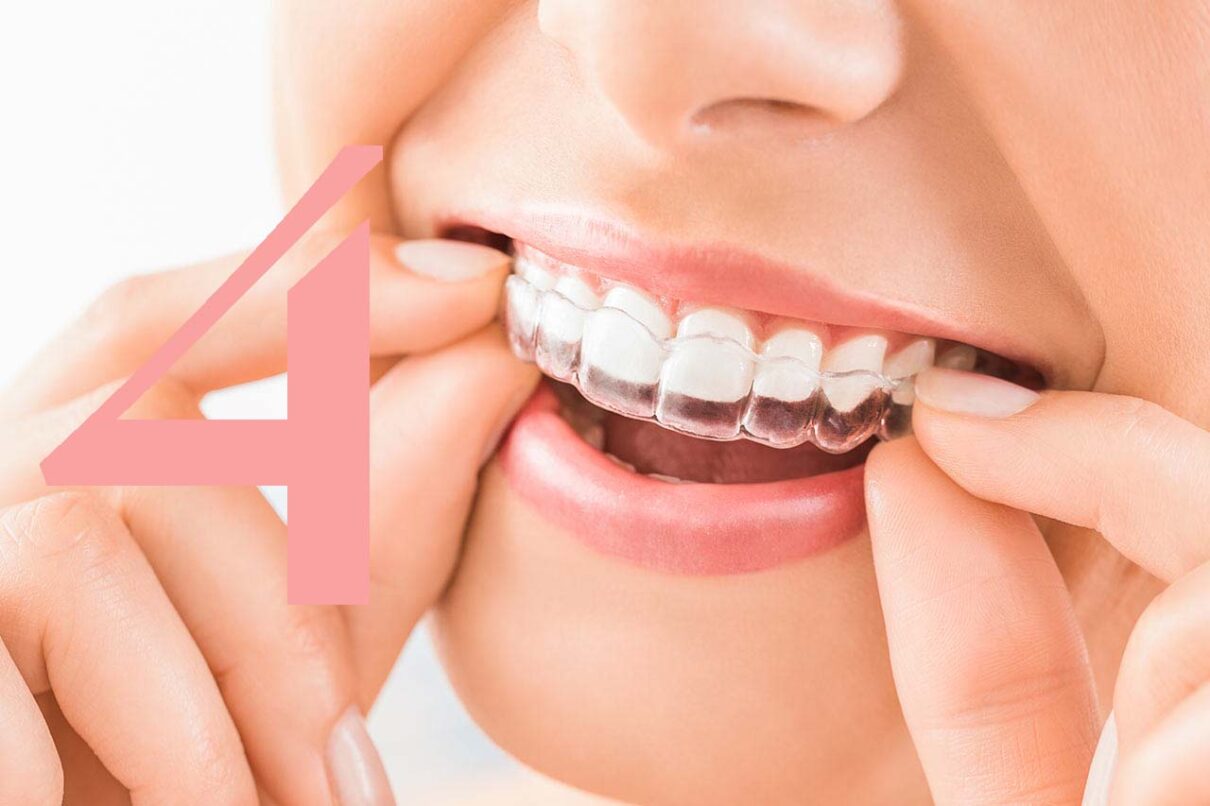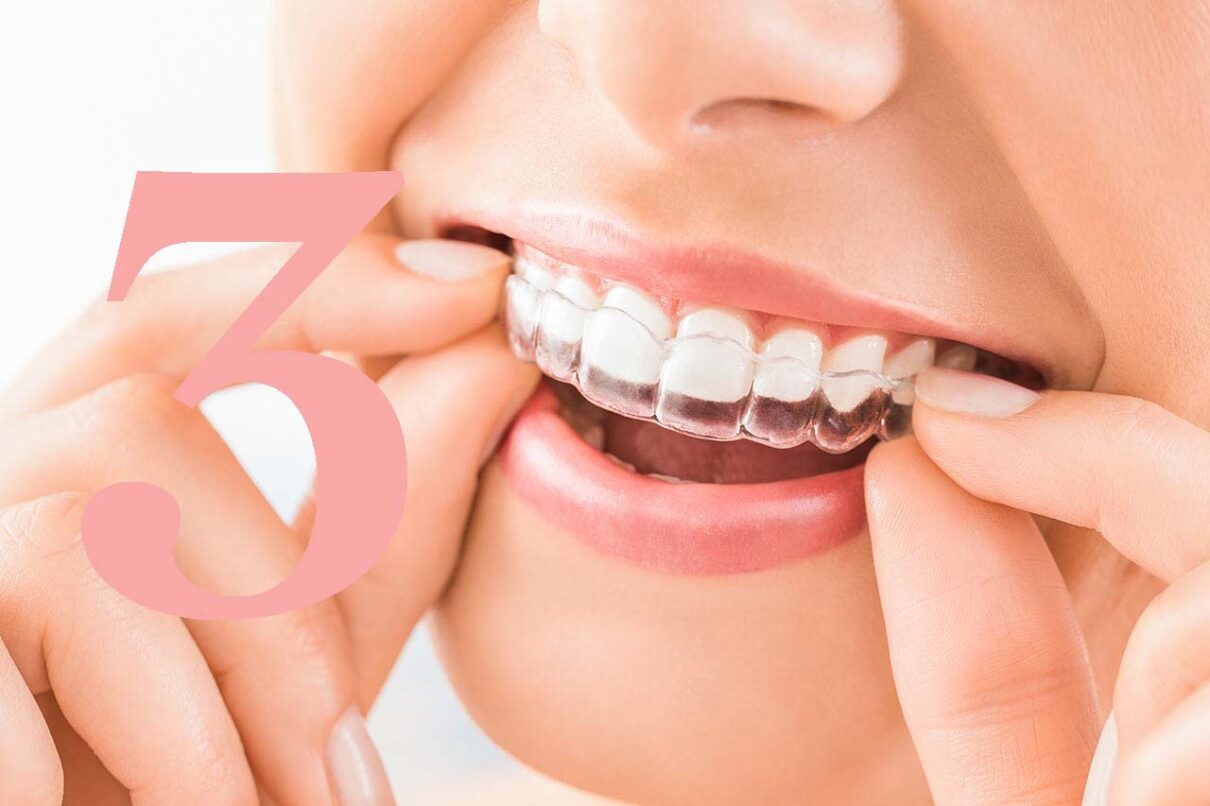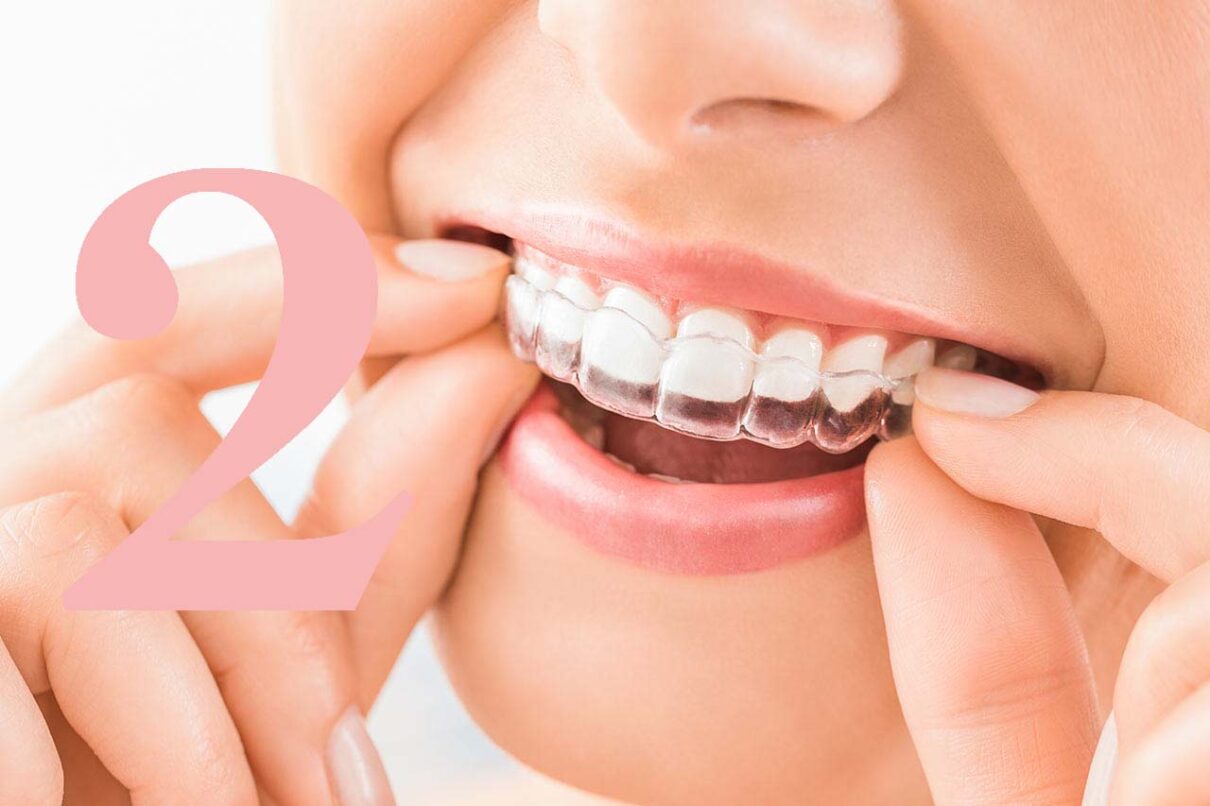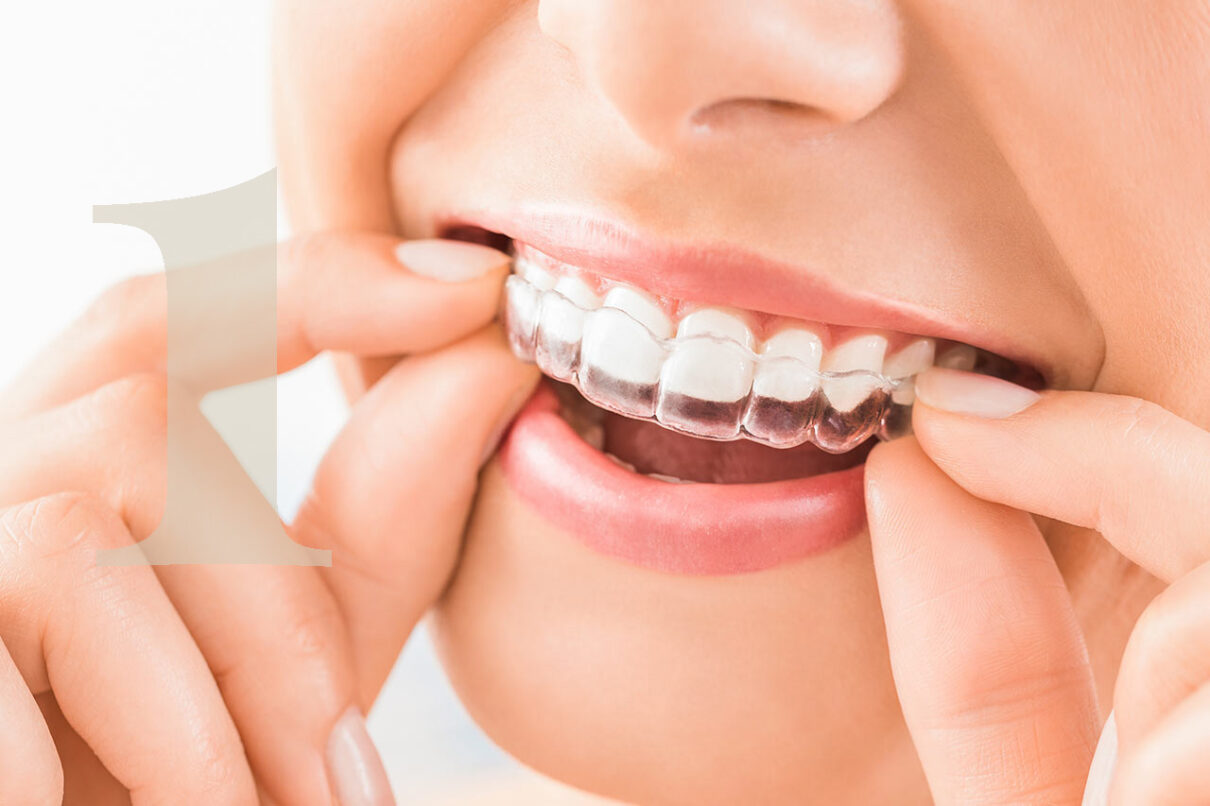My journey continues to go well… Tray/aligners #4 have not felt significantly different and there are no intense sensations. I think my smile is improving a bit. I have noticed that I can floss faster and more efficiently; I suppose the teeth that had been crossing over each other forcing me to ‘wedge’ in the
Put simply, Invisalign™ is a way to straighten your teeth… and improve your bite using clear aligners that fit over your teeth and can barely be seen. Different people need a different number of aligners and wear them for different amounts of time (the average is about a year). A few celebrities have used Invisalign
Same-Day Crowns are more convenient and efficient for your busy day. We are excited to offer a dental crown procedure with CEREC primescan and primemill, the latest technology available. CEREC same-day crowns eliminates the need for temporary crowns and multiple visits while your crown is being made at a lab. A crown can be completed
Teeth Change over Time Have you noticed that your teeth have shifted or moved over time or that your bite might feel a little different? Are you concerned about crooked teeth? People often see changes when they look in the mirror or notice that they get more food stuck between their teeth as they have
Let’s talk about our Dental Membership Plan! The membership plan is an alternative to dental insurance. It IS NOT INSURANCE. We developed this as an option for patients who don’t have dental insurance coverage through their employer or who have found that insurance just wasn’t working for them. What is it exactly? 2 cleanings, exams,
Dental Insurance can be tricky and confusing. Let’s dive in and take a closer look to demystify the mystery! Many people have dental insurance through their (or their spouse or parent) employer. This means that the employer chooses a plan or a few plans to offer employees and their families and the employer often makes
















